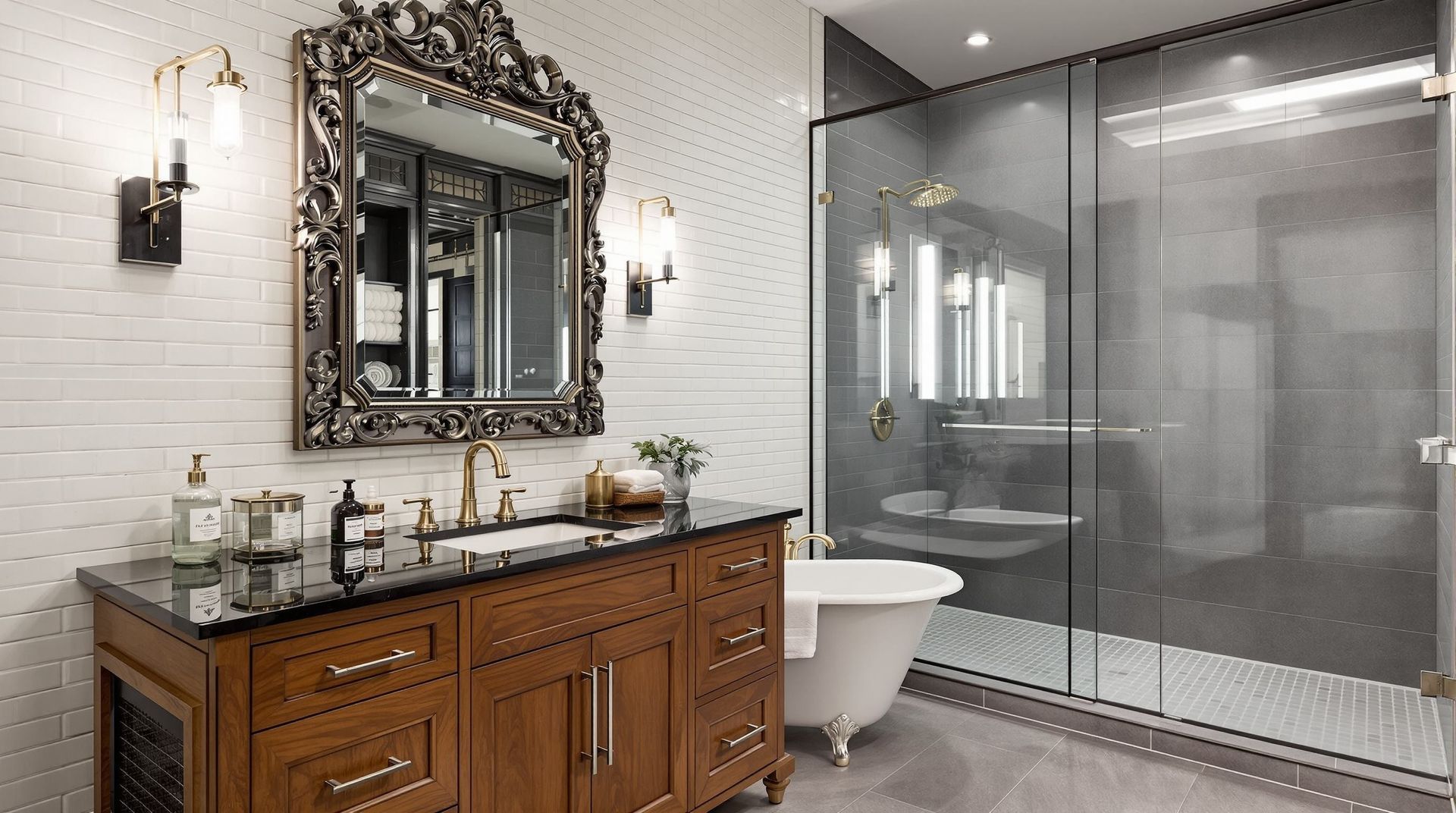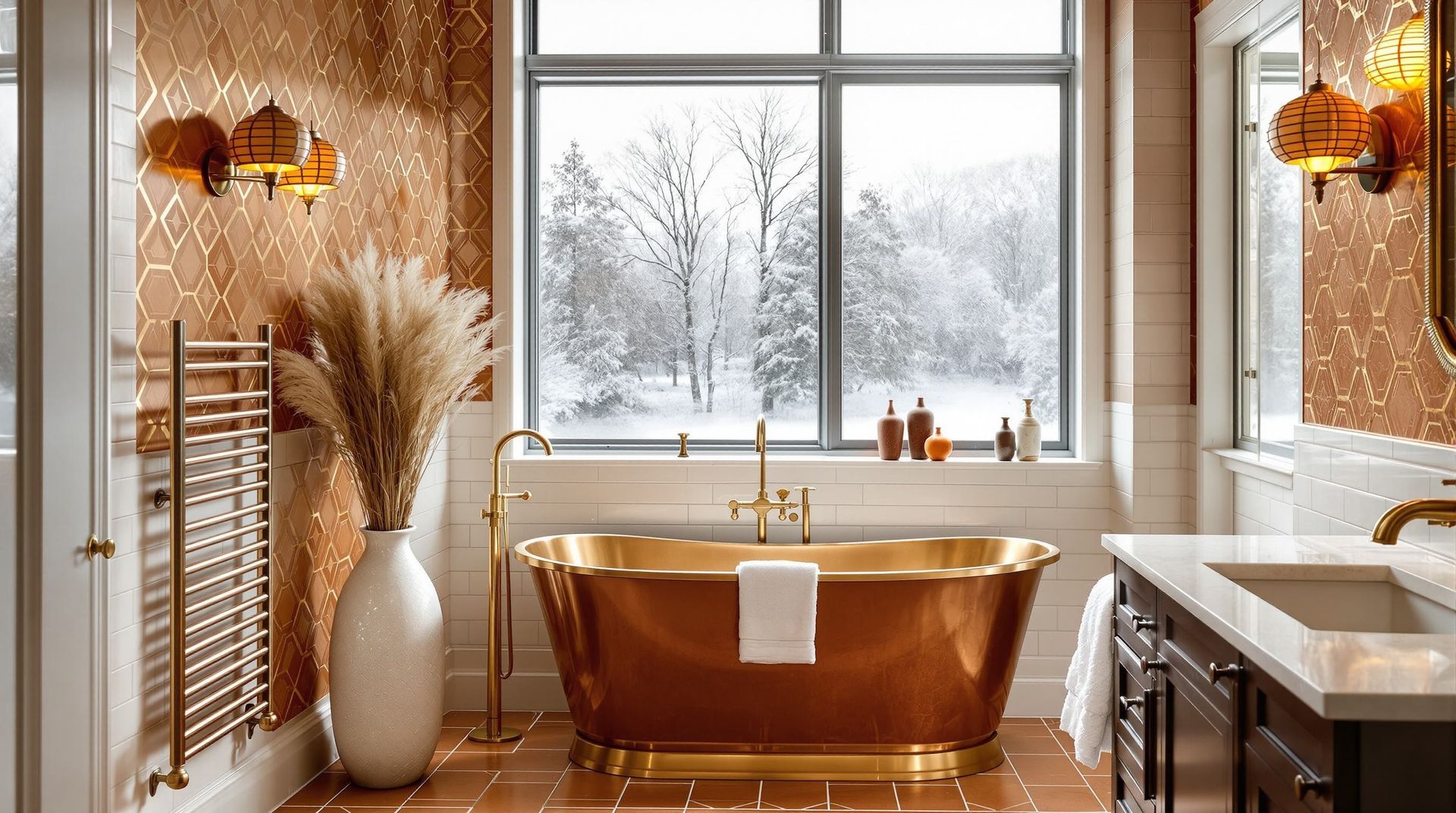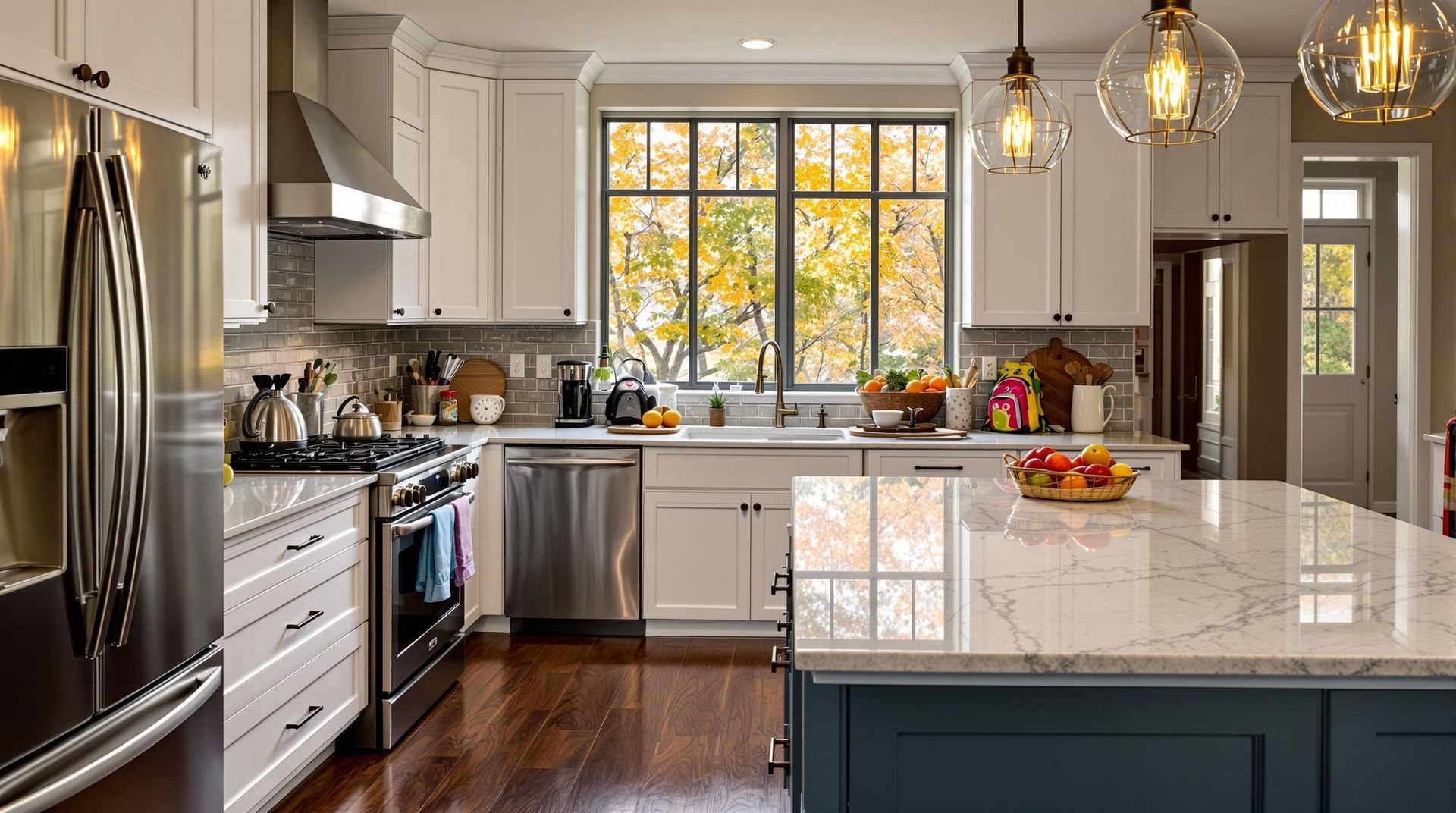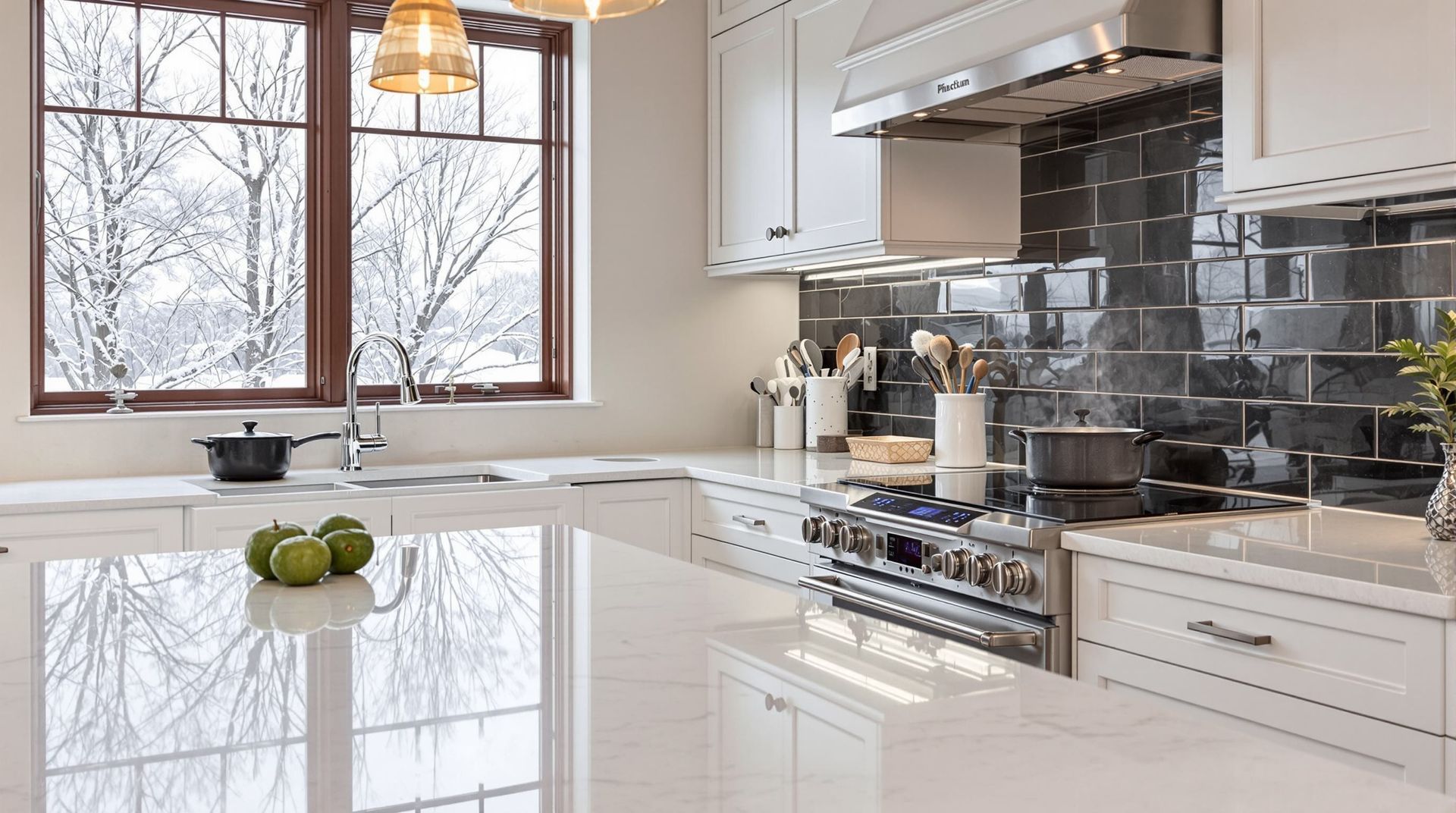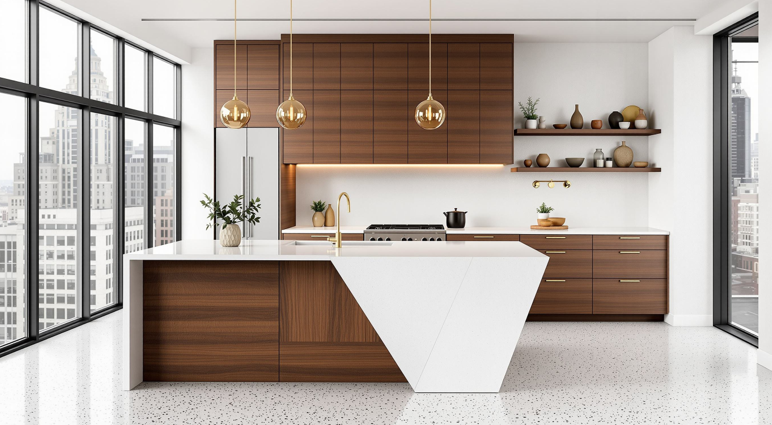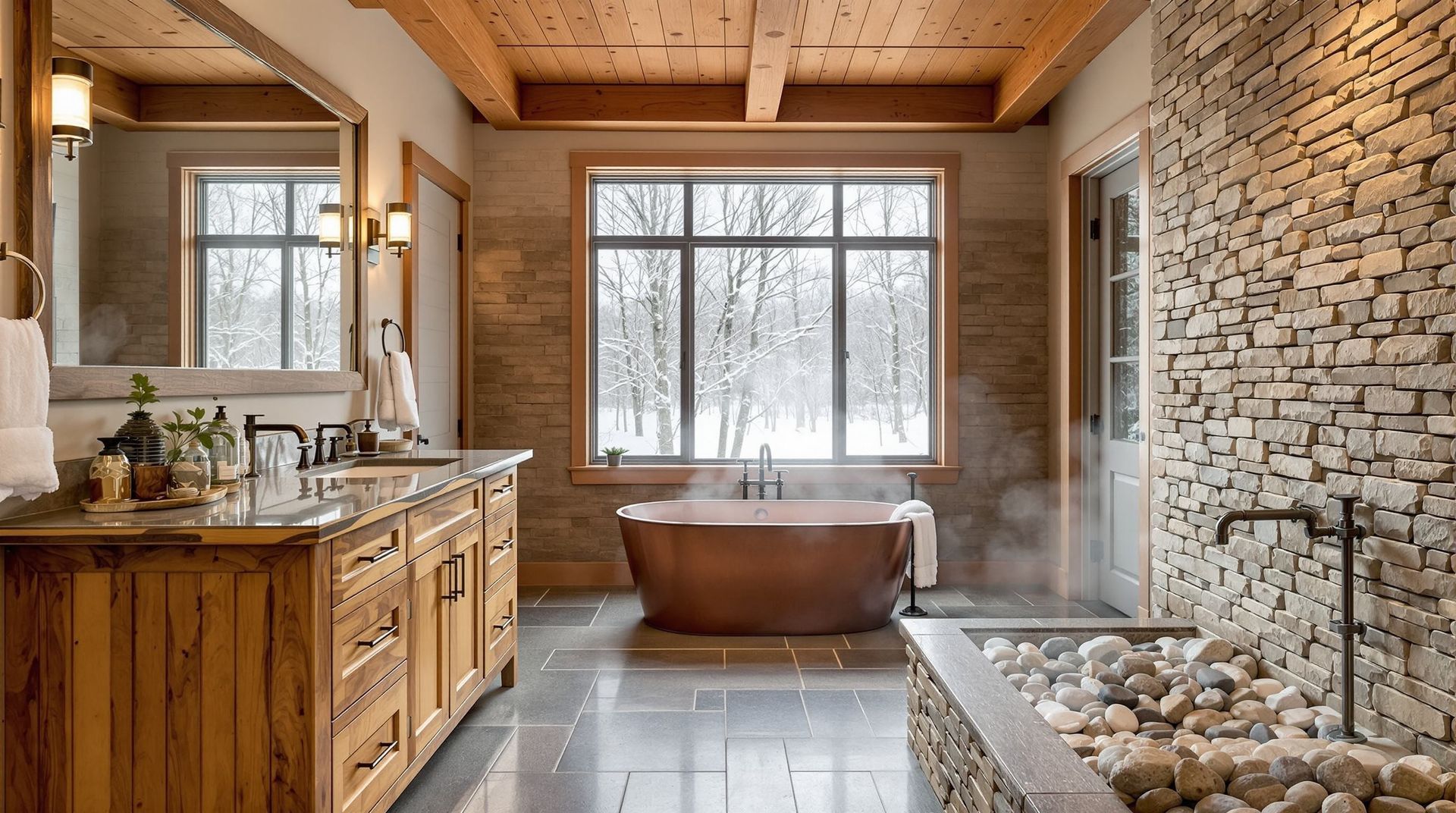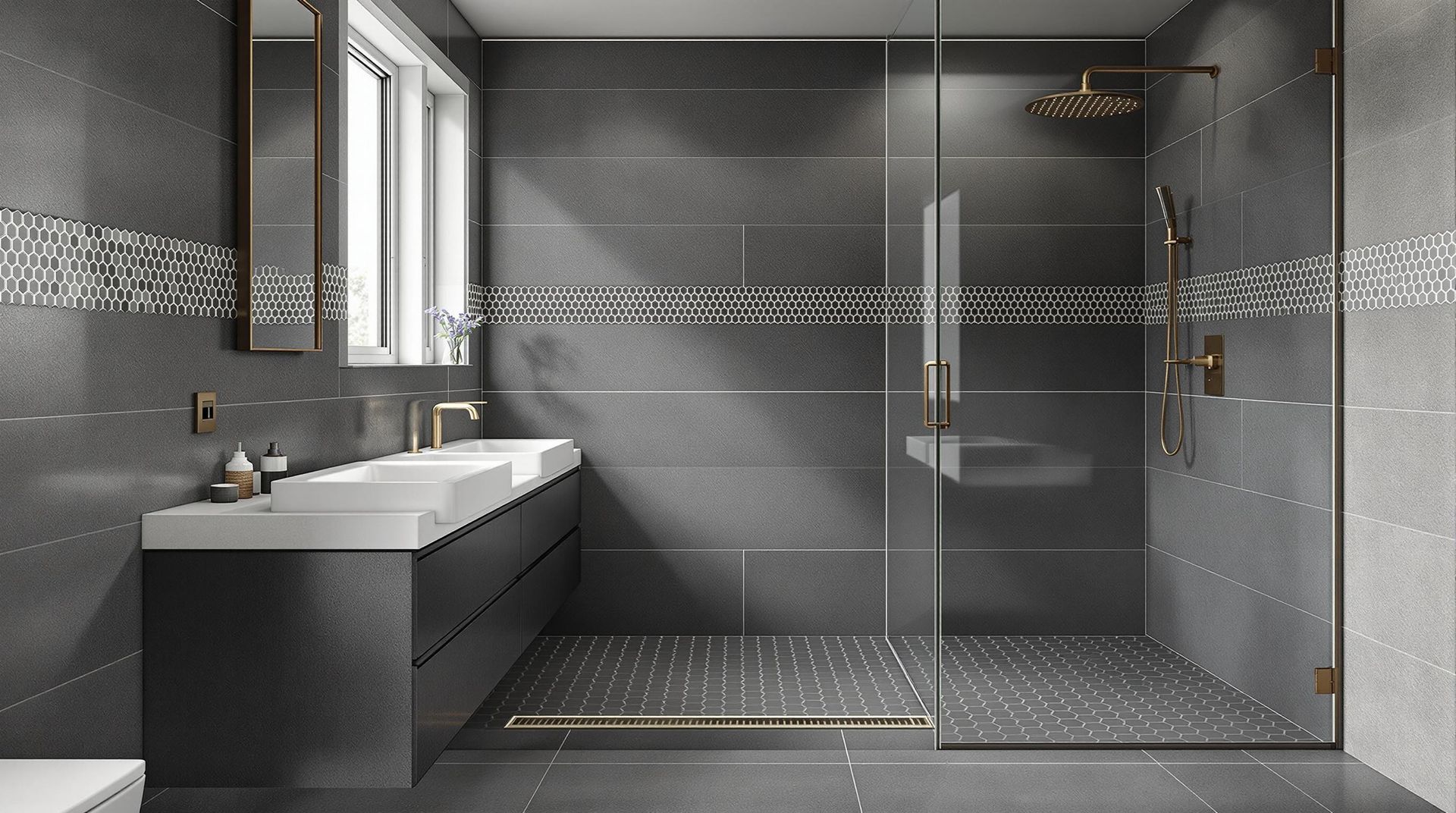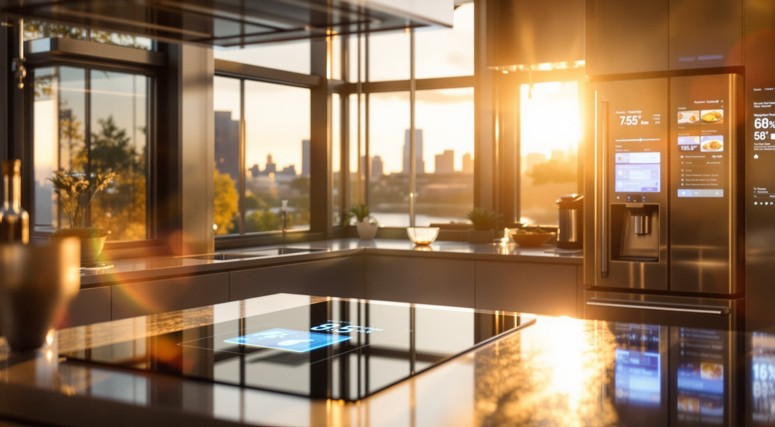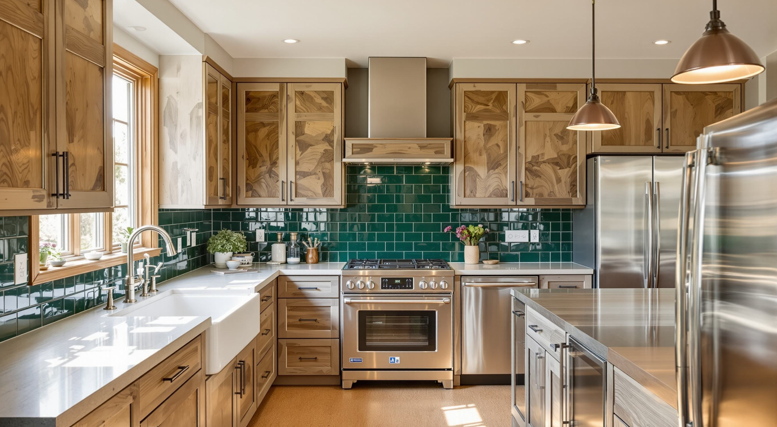Rustic Minimalism: Creating Warmth with Simple Kitchen Designs in Pittsburgh, PA
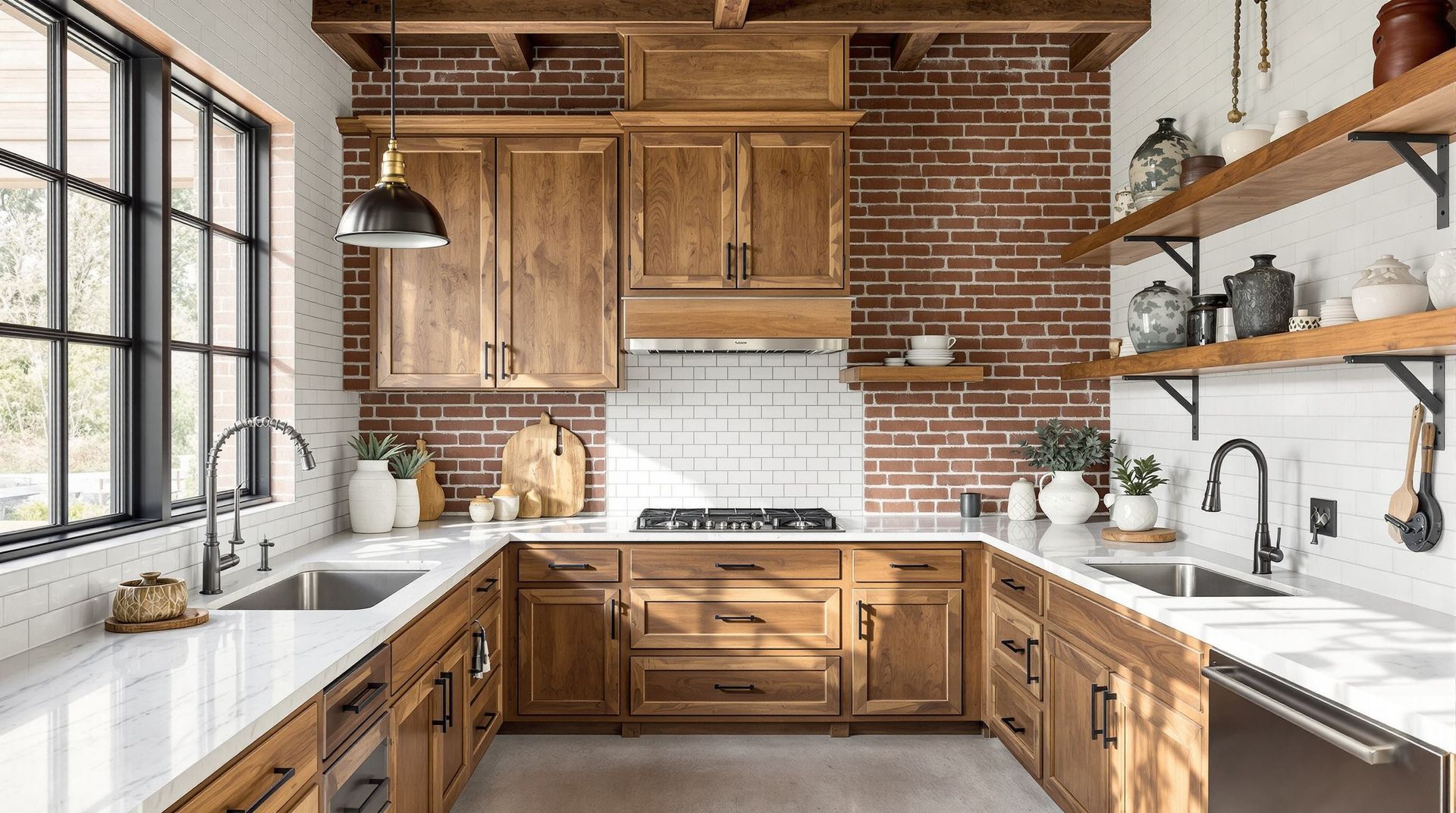
In Pittsburgh, many kitchens still reflect the city’s long architectural history. From brick rowhouses in Squirrel Hill to craftsman-style homes in Mt. Lebanon, these spaces often have strong character but can feel dated or crowded. Homeowners are looking for a way to refresh them without losing their charm.
Rustic minimalism offers that balance. It combines the natural beauty of rustic textures with the calm simplicity of modern design. The result is a kitchen that feels peaceful, lived-in, and thoughtfully designed, where every element has a purpose.
This post explores how to bring rustic minimalism into your own kitchen using materials, colors, and layouts that suit Pittsburgh homes. You’ll find ideas for creating simplicity that feels cozy, not cold, while celebrating the personality your home already has.
What Is Rustic Minimalism?
Rustic minimalism blends natural warmth with streamlined design. It takes the raw, tactile beauty of rustic elements like wood, stone, and metal and combines them with the clean lines and openness of minimalism. The focus is on keeping only what is needed and letting each material shine on its own.
In Pittsburgh, this approach feels especially fitting. Many homes in neighborhoods like Shadyside and Mt. Lebanon feature rich architectural details such as hardwood floors, brick fireplaces, or natural trim that pair beautifully with simple cabinetry and uncluttered surfaces. Rustic minimalism allows homeowners to preserve that character while simplifying the overall look.
It’s also a practical choice. The style emphasizes durable, easy-to-maintain materials and uncluttered surfaces, which makes daily life simpler. For families and professionals alike, it creates a calm backdrop where functionality and beauty work together.
The Core Elements of Rustic Minimalist Kitchen Design
Every rustic minimalist kitchen starts with the same foundation: balance, warmth, and texture. These elements help create a kitchen that feels both organized and welcoming.
- Natural Materials with Character Choose materials that feel real and grounded. Natural wood cabinetry, matte stone surfaces, or soapstone countertops add quiet texture and depth. Reclaimed or sustainably sourced materials bring in personality while keeping the design simple.
- A Neutral but Layered Palette Soft whites, sandy beiges, and light grays create a calm backdrop. Layering in darker woods or black metal hardware adds contrast without breaking the peaceful tone. The color palette should feel organic, like it belongs to the home.
- Streamlined Layouts and Hidden Storage A clutter-free kitchen feels bigger and calmer. Built-in organizers, pull-out shelves, and hidden appliances keep everything neat. For more ideas, explore our kitchen design inspiration made for Pittsburgh homes.
- Lighting That Softens the Space Combine ceiling lights with pendants and under-cabinet lighting to create layers of light. Warm tones make the space feel comfortable, especially during Pittsburgh’s long winter months.
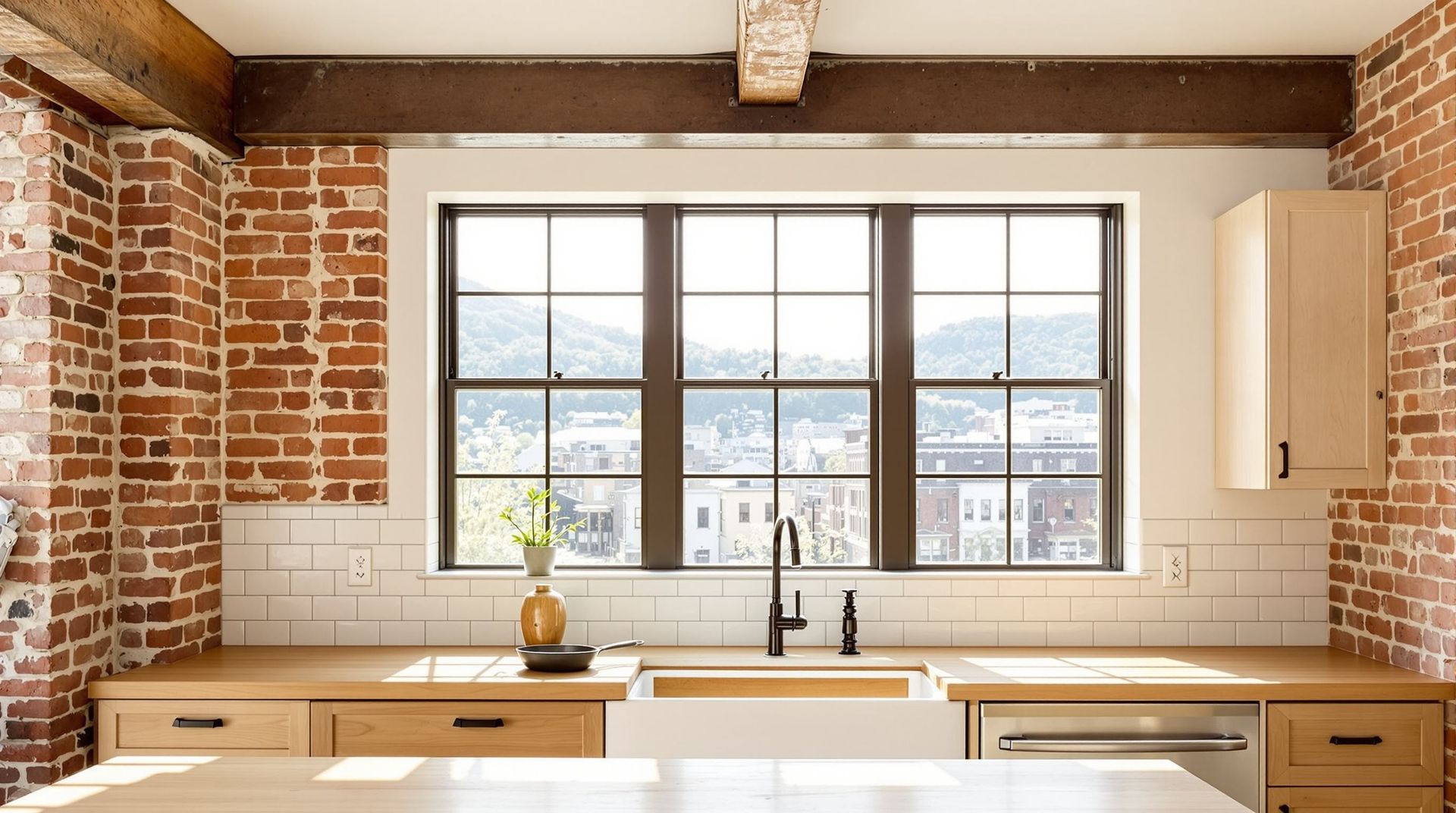
Adapting Rustic Minimalism for Pittsburgh Homes
Pittsburgh’s variety of home styles makes rustic minimalism easy to personalize. Whether you live in a prewar brick house in Squirrel Hill or a 1980s ranch in the South Hills, the concept can be adjusted to fit your layout and architecture.
In older homes, we often recommend keeping original features visible, such as brick walls, wood beams, or built-in nooks, and pairing them with modern cabinetry and simple countertops. This creates a contrast that feels both historic and current. For newer homes, incorporating natural textures through flooring, open shelving, or accent pieces can add warmth to modern layouts.
Climate is another local consideration. Pittsburgh’s cold winters make materials like natural wood, stone, and textured fabrics feel especially inviting. Pairing those with warm lighting tones helps the kitchen feel bright even on overcast days.
For those living in smaller urban spaces, simplicity can also mean efficiency. Minimalist layouts often make kitchens more functional, improving flow between cooking, dining, and entertaining areas.
Design Tips for a Warm, Simple Kitchen
A rustic minimalist kitchen doesn’t require a full remodel to feel refreshed. Start with intentional updates that simplify the space and highlight what is already there.
Begin by decluttering countertops and open surfaces. Limit decorative items to a few meaningful pieces such as a ceramic bowl, a wooden tray, or a plant in a neutral pot. This creates breathing room and lets textures and materials take center stage.
If your home has distinctive features, use one as your focal point. A restored wood beam, vintage light fixture, or brick backsplash can become the heart of the kitchen. The key is restraint: let that one detail shine while keeping surrounding elements understated.
For consistency, repeat materials or colors across different areas. Matching hardware finishes or coordinating tones between cabinetry and flooring ties everything together visually. Minimalist kitchens feel harmonious because every design choice connects to the next.
When you’re ready to explore a larger transformation, our kitchen remodeling team can help you bring those ideas to life. From design planning to installation, we guide you through each step so the process feels as smooth as the finished result.
Why Rustic Minimalism Resonates with Today’s Homeowners
Homeowners today are drawn to spaces that feel calm, authentic, and personal. After years of fast-changing trends and bold colors, many are choosing designs that feel timeless and grounded. Rustic minimalism captures that desire perfectly.
It also fits the way people live now. With open floor plans, multipurpose kitchens, and busier lifestyles, simplicity and organization have become essential. A minimalist approach makes the kitchen easier to maintain while rustic elements keep it from feeling sterile.
For families, it offers a practical yet beautiful space for cooking and connection. For empty nesters, it brings a sense of ease and renewal to a beloved home. And for anyone who appreciates good design, it provides a lasting foundation that never feels outdated.
Conclusion
Rustic minimalism is about creating warmth through simplicity. By combining natural materials, soft lighting, and thoughtful layouts, you can design a kitchen that feels timeless and personal.
At Jacob Evans, we enjoy helping Pittsburgh homeowners bring ideas like these to life. Whether you want to refresh a few details or completely reimagine your kitchen, our team is here to guide you with care and creativity.



